Understanding Your Vascular System: What It Means for Your Feet
Your vascular system is like the body’s transport network—it keeps blood, oxygen, and nutrients flowing to where they’re needed most. When this system isn’t working properly, your legs and feet are often the first to show signs of trouble.
Here’s a quick overview:
- Arteries: Carry fresh, oxygen-rich blood from your heart to the rest of your body.
- Veins: Take used blood back to the heart to be “recycled.”
- Lymph vessels: Help drain extra fluid and waste products, keeping your tissues healthy.
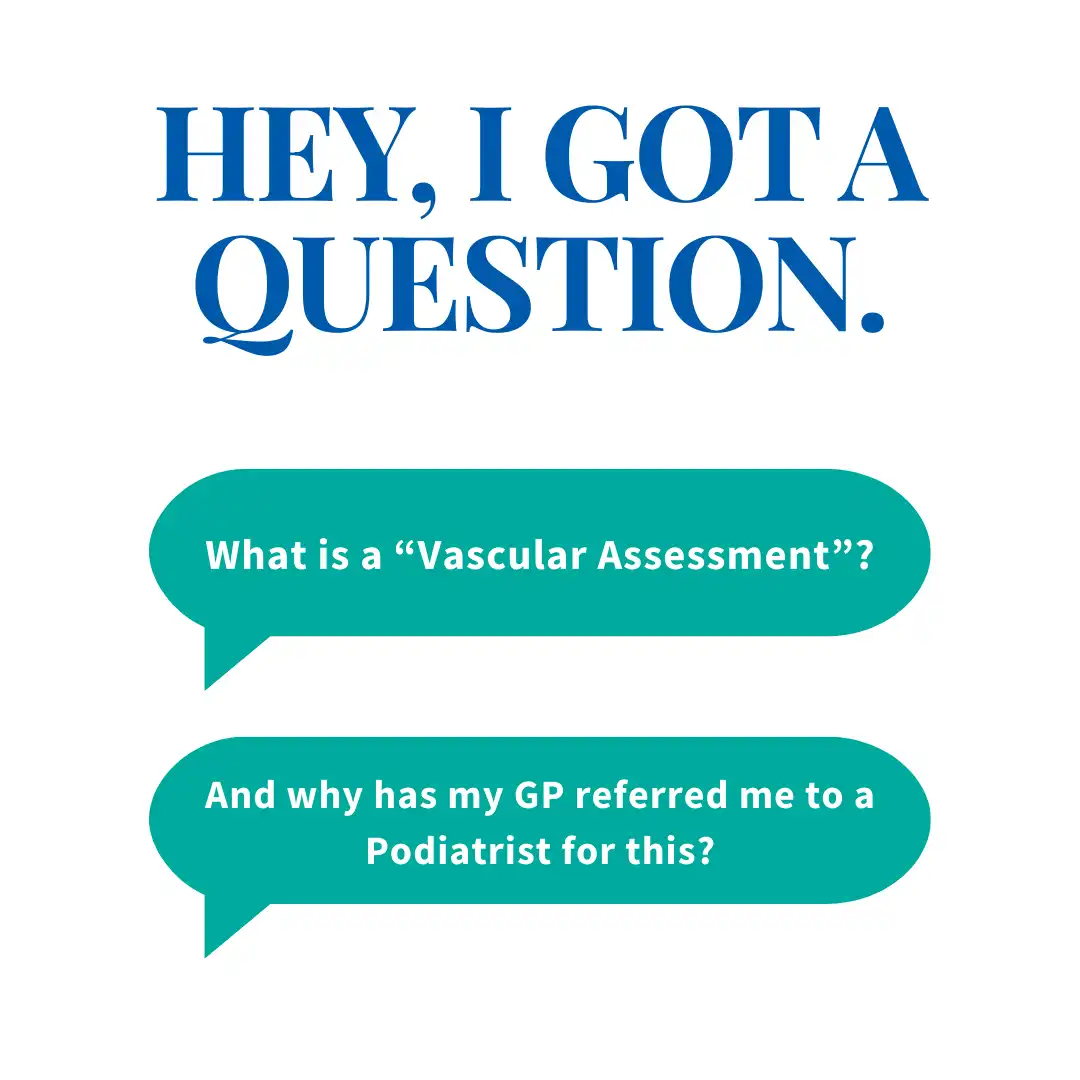
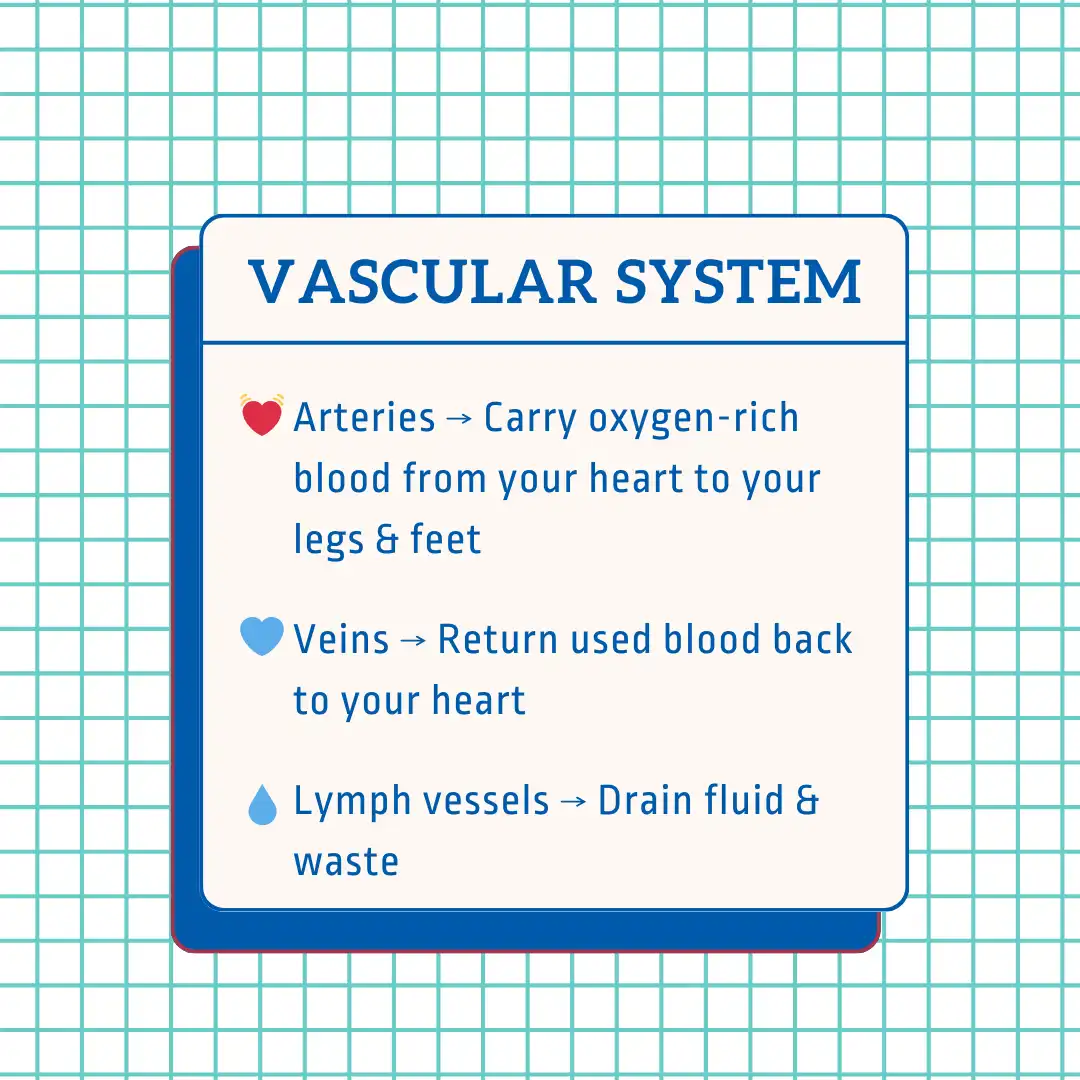
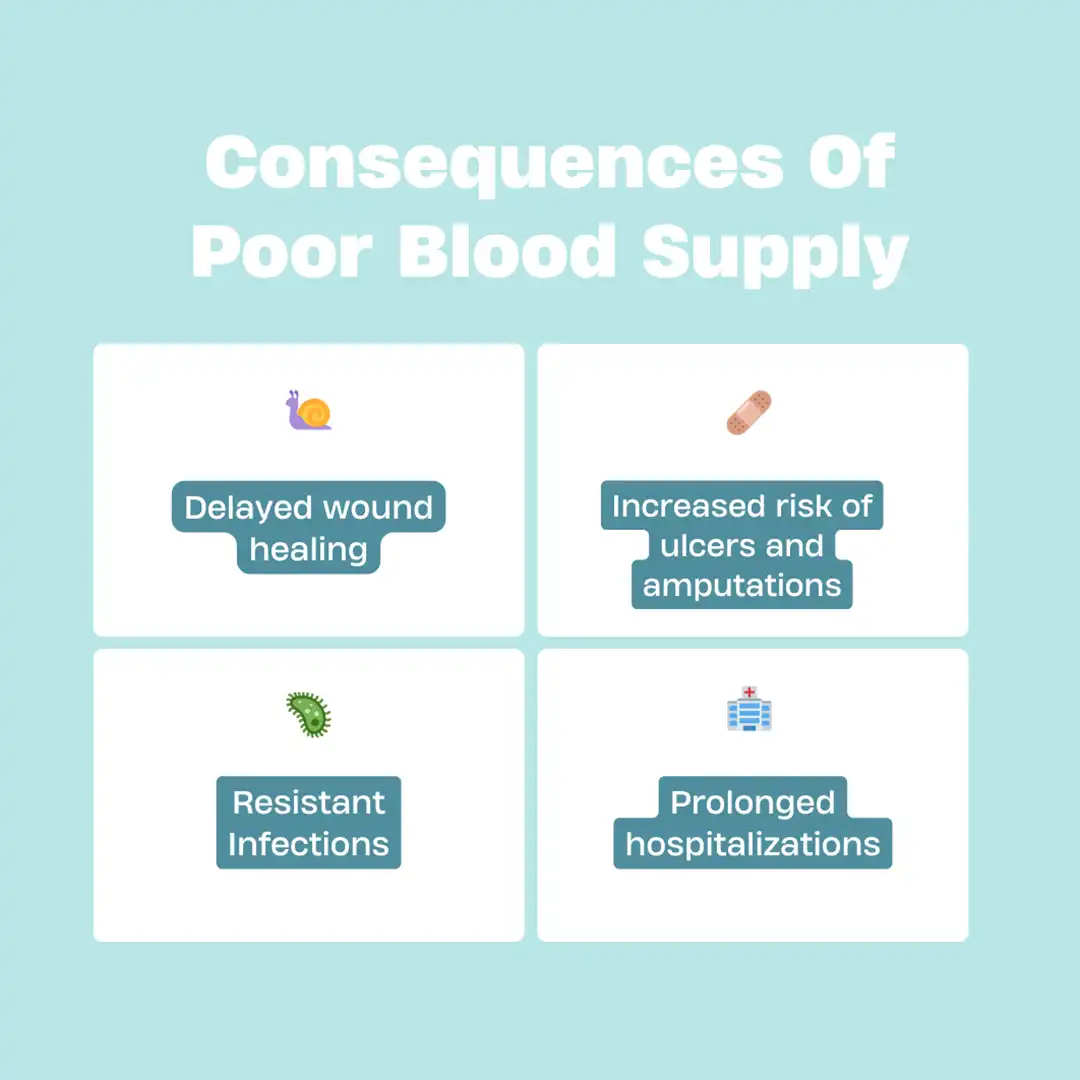
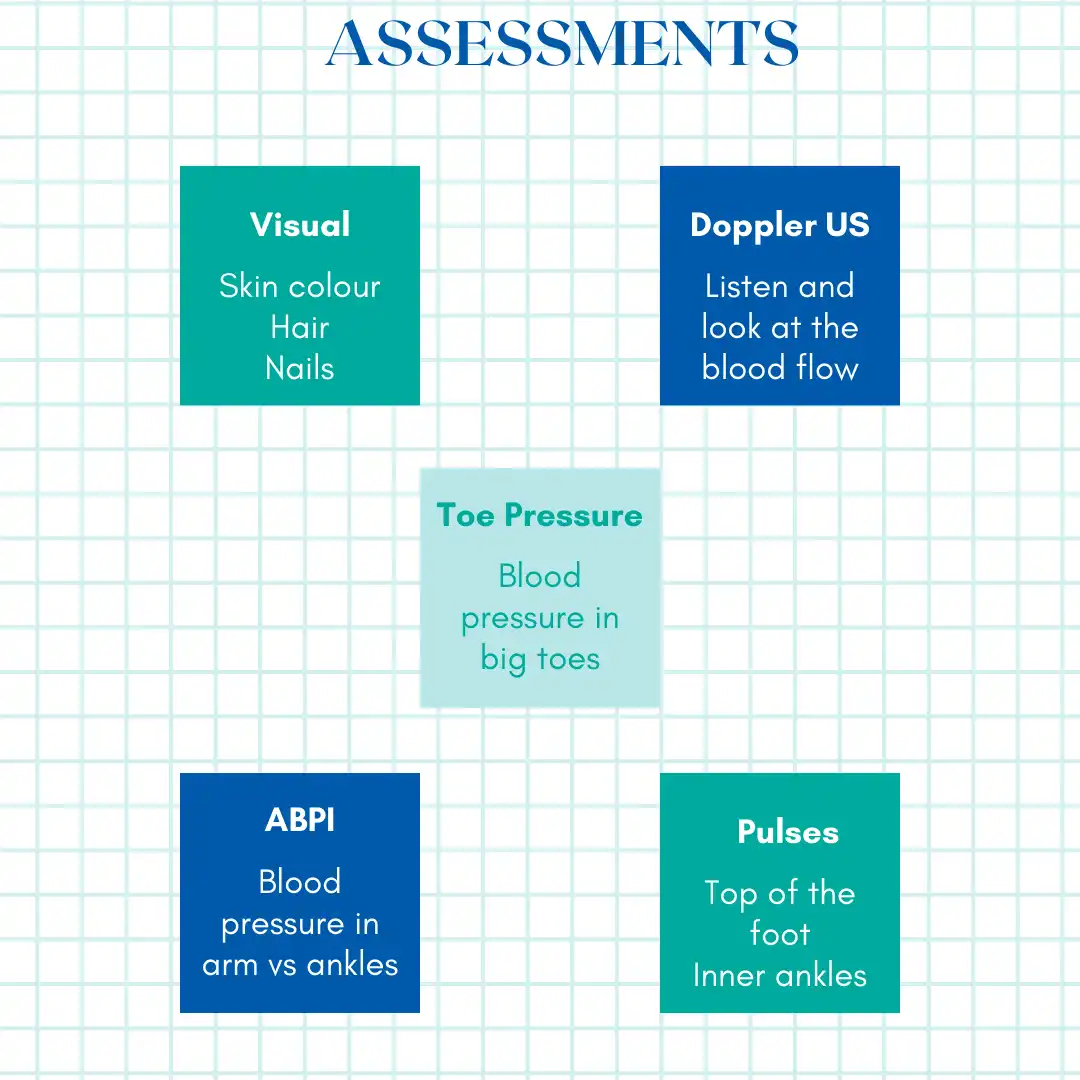
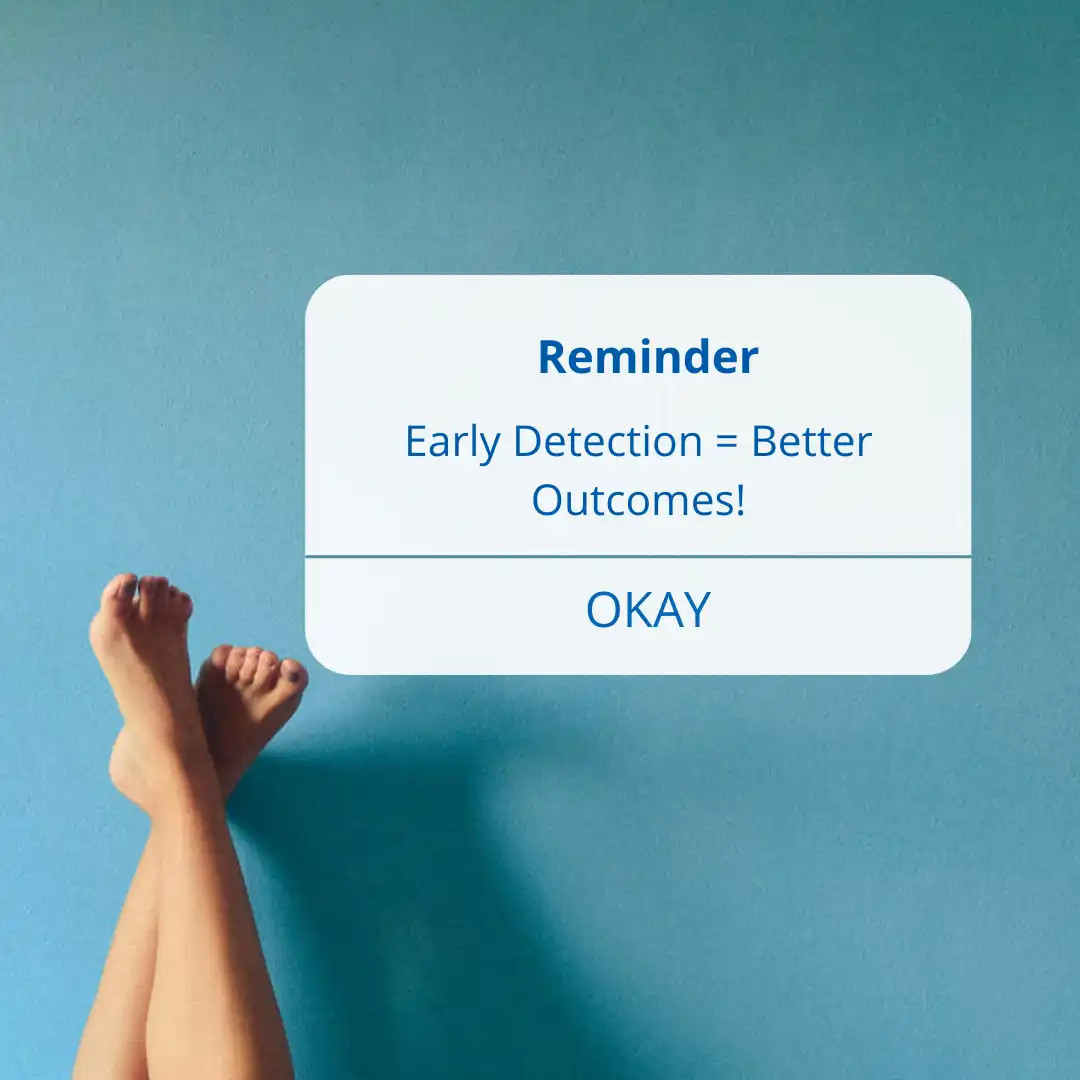
Why Might Your Doctor Send You to a Podiatrist?
If your GP suspects changes in the blood supply to your legs or feet, they may refer you to a podiatrist for a vascular assessment. This assessment checks how well blood is reaching your lower limbs and helps guide the best care plan for you.
What Happens During a Vascular Assessment?
1. Visual Check
Your podiatrist will look for outward signs of poor blood supply, such as:
- Reduced or absent hair growth
- Thick or brittle toenails
- Dry skin
- Cold feet
- Changes in skin colour
These small clues can tell us a lot about what’s happening underneath.
2. Checking Your Pulses
In healthy feet, pulses can be felt on the top of your foot and at your inner ankles. If the pulse is weak or missing, it could suggest reduced blood flow.
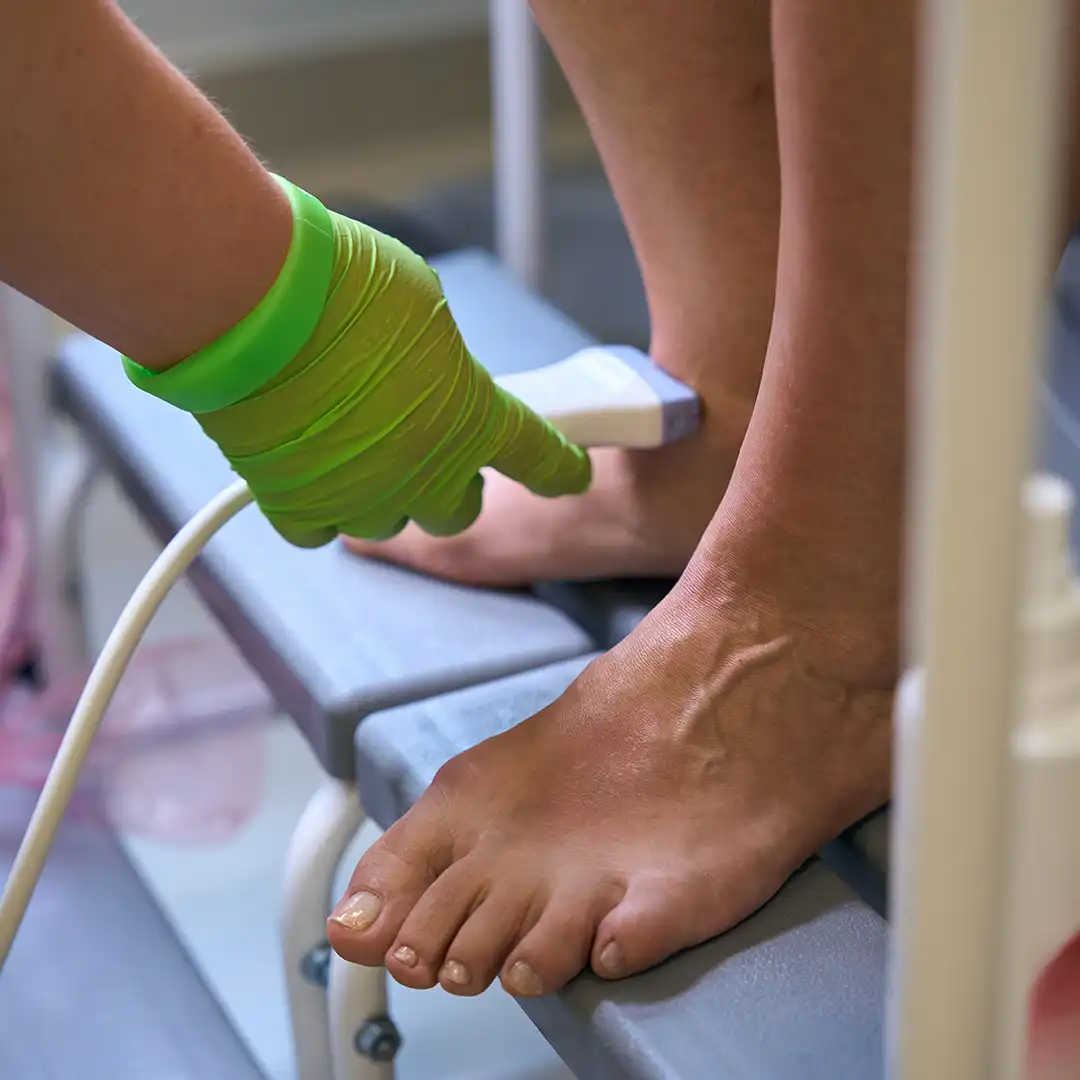
3. Doppler Ultrasound
A small handheld device uses sound waves to check the rate, rhythm, and quality of blood moving through your arteries. The podiatrist listens for irregularities and looks at the waveforms, which show how healthy (or restricted) your blood flow is.
4. Ankle-Brachial Pressure Index (ABPI)
This test compares blood pressure at your ankle with blood pressure at your arm. Lower readings can point to peripheral vascular disease (PVD), which means there may be narrowing in the larger arteries of your legs.
5. Toe Pressures
Using a cuff around your big toe and a special sensor, this test measures how much blood is reaching the very ends of your feet. Low readings may again point to reduced circulation.

My Readings Weren’t Normal!
If your podiatrist finds poor circulation, they may refer you to a vascular specialist. Specialists can use advanced imaging, such as Colour Duplex Ultrasound, to see if there are blockages in your blood vessels.
In some cases, if an artery is severely narrowed or blocked, surgery may be needed to restore proper blood flow.
Why Does This Matter?
Good circulation is vital for healthy feet – especially if you have diabetes. Poor blood flow can delay healing, increase the risk of ulcers, and make infections harder to fight.
A podiatry vascular assessment is a simple, non-invasive way to detect problems early and keep your feet healthy.
If you or your loved ones are suspecting PVD, it’s worth booking a podiatry appointment. Early detection of circulation problems can make a big difference in your long-term health.
Contact us today to book your vascular assessment.
Frequently Asked Questions: Vascular Assessments for Your Feet
Common signs can include:
- Cold feet, even in warmer weather.
- Cramping or pain in your legs, especially during exercise (claudication).
- Skin discolouration (like redness, blueness, or paleness).
- Slow-healing sores or wounds on your legs or feet.
- Loss of hair on your legs or feet.
- Weak or absent pulses in your feet.
A podiatrist will perform a non-invasive assessment which typically includes:
- Visual Inspection: Looking for signs like skin colour changes, hair loss, or wounds.
- Palpation: Feeling the pulses in your feet to check their strength.
- Doppler Ultrasound: Using a handheld device to listen to the blood flow in your foot arteries, assessing its quality (e.g., monophasic, biphasic, triphasic sounds).
- Ankle-Brachial Index (ABI): Comparing the blood pressure in your ankle to the blood pressure in your arm. This gives a ratio indicating how well blood is flowing to your lower limbs.
PAD is a common condition assessed during a vascular check. It involves the narrowing or blockage of arteries, reducing blood flow, most often to the legs and feet. This reduced flow can cause pain and increase the risk of complications.
Regular assessments are crucial for early detection of vascular problems like PAD. Early detection allows for timely intervention, which can prevent serious complications such as chronic pain, non-healing ulcers, infections, and even amputation. This is particularly important for individuals with diabetes, smokers, those with high blood pressure or cholesterol, or anyone experiencing symptoms.
If a podiatrist identifies concerns during the vascular assessment, such as weak pulses, abnormal Doppler sounds, or a low ABI reading, they will typically refer you to your General Practitioner (GP) or a vascular specialist for further investigation and management.
